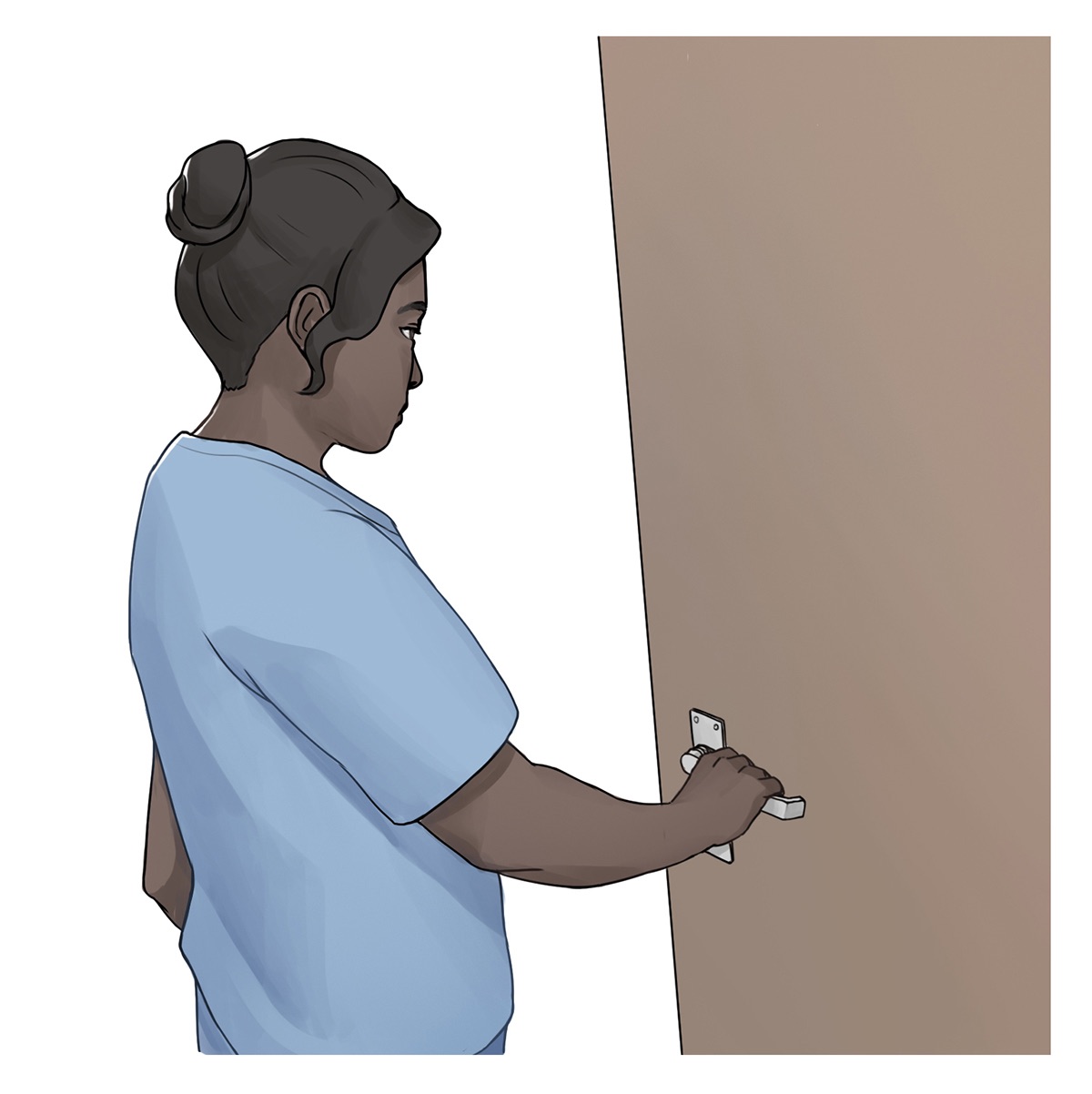Main Health Needs (Reasons for Seeking Care)
The client’s main health needs are referred to in a variety of ways depending on the environment or institution that you work in. At first point of contact, “main health needs” are often referred to as “reasons for seeking care” or “main concerns or issues.” In an institution where the client is already admitted, “main health needs” is more commonly used.
Whichever term is used, it recognizes that clients are complex beings, with potentially multiple co-existing health needs, and often there is a pressing issue that requires most immediate care. This is not to suggest that other issues be ignored, but rather it allows providers, clients, and care partners to stay focused.
Most often, providers will document in the client’s own words what the main health needs are. Table 2.2 offers example questions to ask to determine a client’s main health needs in different scenarios, along with sample responses.
Clinical Tip
It is important to avoid asking questions that begin with “why,” which may suggest to the client that they did something wrong or that they are to blame for what is happening to them.
| Client | Assessment | Sample Responses |
|
Presenting to a clinic or a hospital emergency or urgent care (first point of contact).
|
Tell me about what brought you here today. Probes
|
|
|
Already admitted, and you are starting your shift.
|
Tell me about your main health concerns today. Probes
|
|
Table 2.2: Determining main health needs (reasons for seeking care)
Take Action
As a health professional, you need to identify whether a client’s symptomology is considered: normal; abnormal and requiring intervention; or a critical finding that requires prompt intervention. Your subjective data assessment may be cut short if critical findings arise that require immediate intervention. In such a case, you focus on the critical finding and resume the complete subjective health assessment later, when appropriate. Some findings, even though normal, will require health promotion interventions.
Examples of subjective data that are identified as critical findings and require prompt intervention include but are not limited to:
- Chest pain.
- Severe difficulty breathing.
- Sudden change in vision or ability to speak.
- Sudden weakness or paralysis in a limb.
- Uncontrollable bleeding.
- Post-operative pain or vomiting not relieved by medication.
- Suicidal or homicidal ideation with a plan.
Points of Consideration
“Door-handle conversations” describe the situation of a client sharing something with a health professional just as they are about to leave the room (their hand is on the door handle as illustrated in Figure 2.1). Often it is at the last minute when clients gather the courage to speak about a health issue that they are embarrassed or feel shameful about. It may be about something that is stigmatized, or they feel they may be judged on. In these cases, it is important to make time for the client and listen in a non-judgmental manner.

Test Yourself

